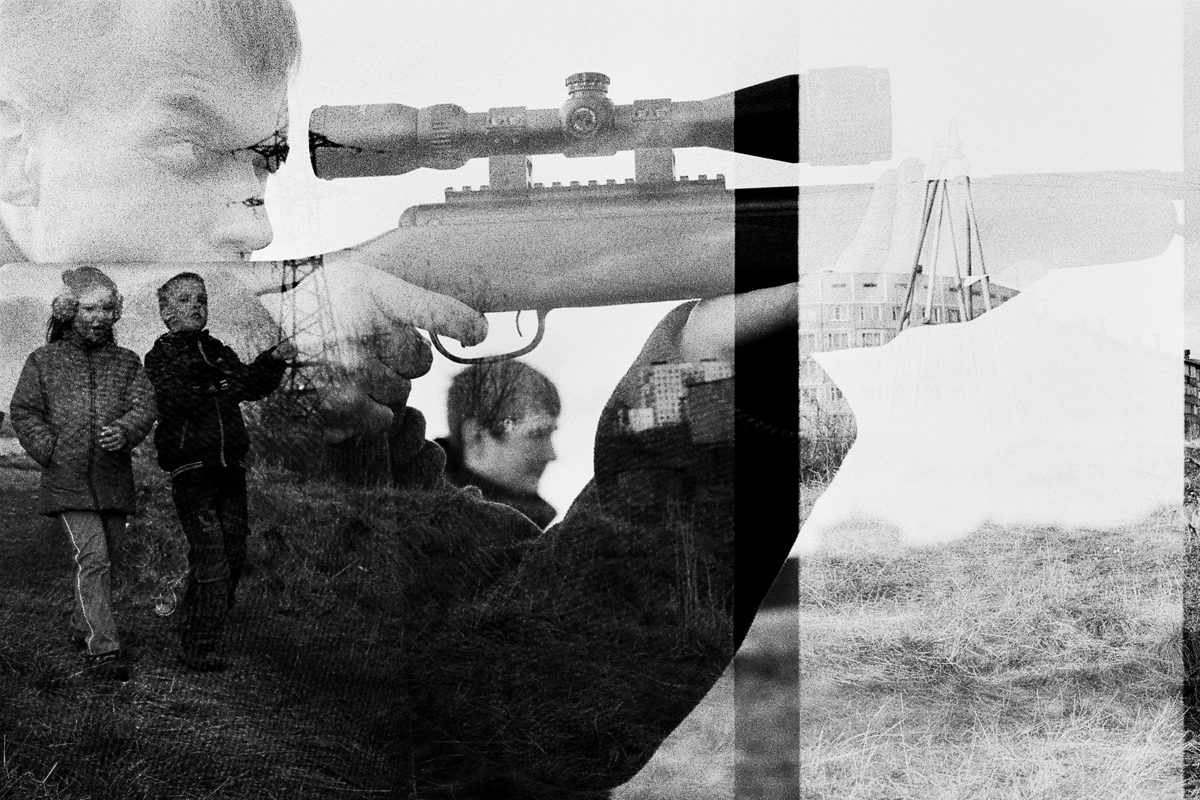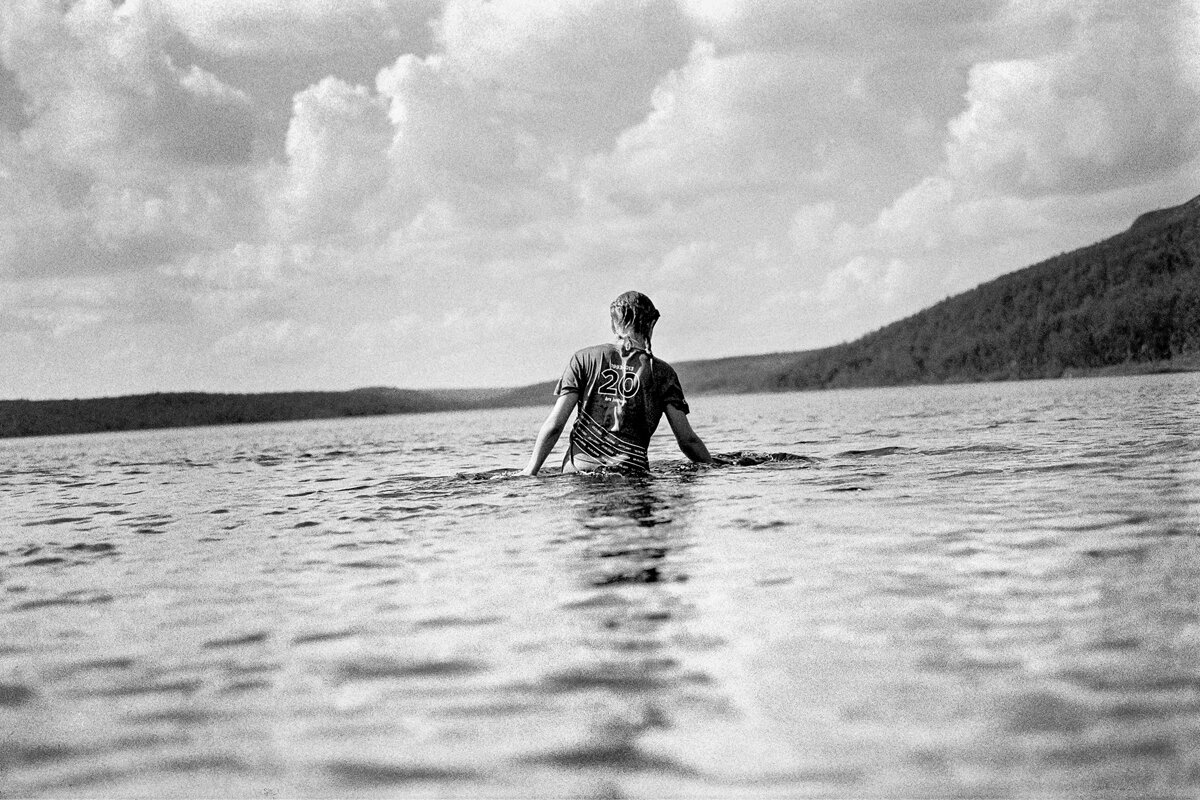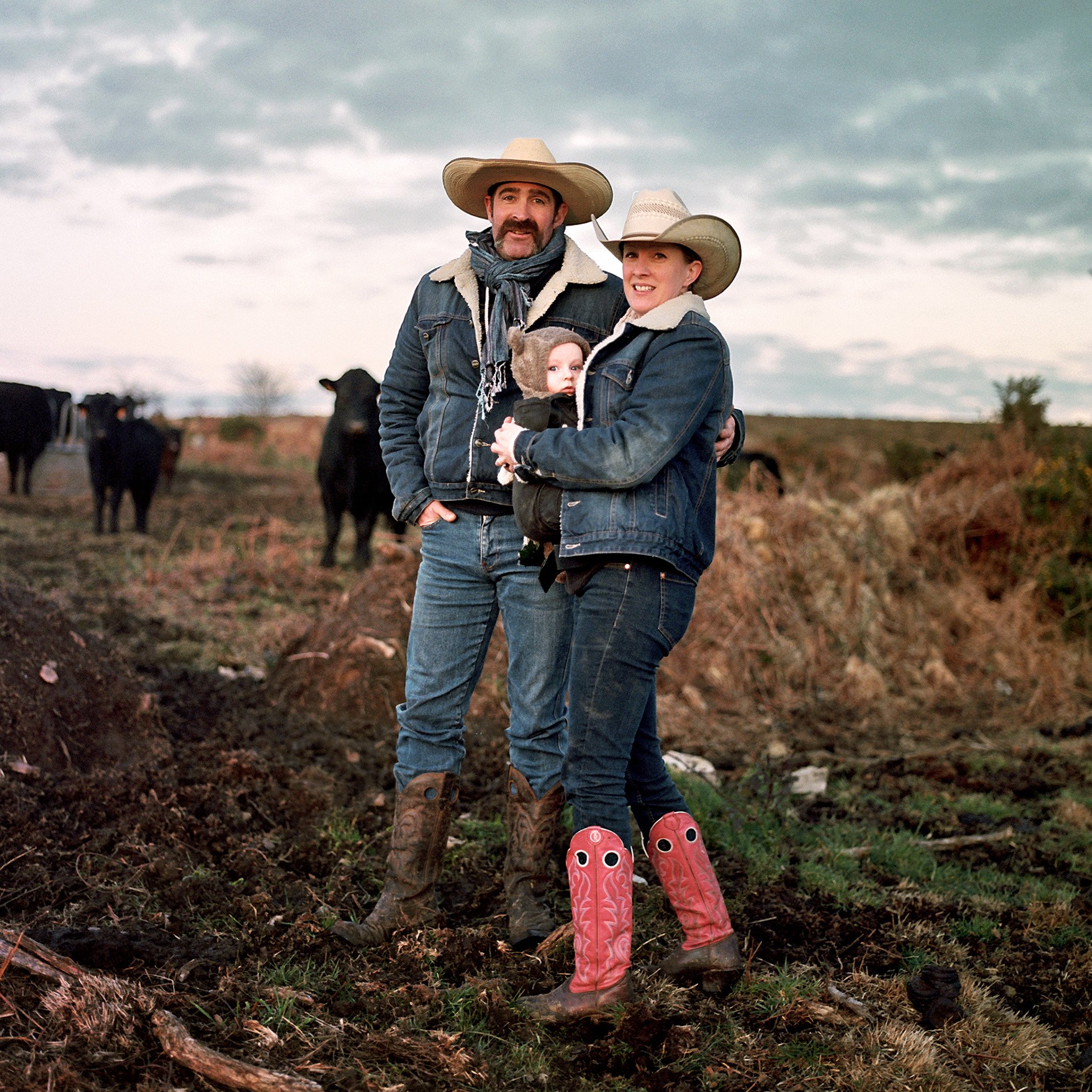
























Belarus’ Legacy
In 1986, the Chernobyl power plant exploded. Direct fallout affects mainly Belarus. The exclusion zone of Chernobyl, 30 km² around the power plant, is created, straddling Ukraine (40%) and Belarus (60%). While the exclusion zone is still contaminated and Belarusians are the civilian population most affected by a civilian nuclear disaster, the new Belarusian nuclear power plant Astravets will be commissioned in 2020.
History repeats in silence. Oleg lives in Kamarin, 30 kilometers away from the Chernobyl’s nuclear power plant. He said to me with a smile: "That way, they will maybe succeed in killing the second part of the population."
This cycle of rehearsals due to the occultation of the past is particularly characteristic of Belarus. As Tatiana Glukhova writes: "Memory is constitutive of identity. It is precisely the discontinuity, the intermittency that best characterizes the Belarusian collective memory.” *
The current Belarusian population is 10 million; in a century almost 5 million have been killed by wars and revolutions. Some of the inhabitants are sick; Belarusians are still the first victims of Chernobyl.
This Belarusian legacy is hidden, often voluntarily. For President Lukashenko, who has been in office for 26 years, It is easier to ban his people from talking about the past and learning from it. For the population, it is sometimes too painful to remember traumas.
These series explores several important memory places across the country. By answering different epochs, my work questions the repetitions led by forgetfulness and tries to recreate a dialogue between two silences. Thirty three years after the Chernobyl disaster, this story is dwelling on the traces of the history of the country in order to enlighten its present.
Recent chronology:
26000 BC. First traces of settlement in Polesie, southern Belorussia.
1793. Belarus, part of Polish-Lithuanian-Belarusian Commonwealth is annexed by Russia.
1812. Battle of Berezina, defeat of France allied to Belarusians against Russia.
1915-1918. World War I, the front line Germany-Russia passed through Belarus at Rakow.
1917. October Revolution in Russia. March 1918. Proclamation of the Belarusian People's Republic. December 1918. Annexation of Belarus by the Red Army.
1937. Soviet mass executions, 200,000 dead in Kourapaty, a suburb of Minsk.
1939-1945. World War II. Invasion of Nazi Germany: more than 2 million killed, 200 fully razed villages, 100,000 Jews in the Minsk ghetto.
1944 Soviet troops liberate Belarus and Minsk is destroyed by 90%.
26 April 1986. Explosion of the Chernobyl atomic power plant with 70% of the radioactivity returned to Belarus, 200 000 deaths and 2 million inhabitants contaminated. Creation by the Soviet Army of the exclusion zone of Chernobyl.
1991. Collapse of the USSR and creation of the Republic of Belarus. The country is reappropriating its historical symbols, the Pahonia and the white, red, white flag.
1994 to today. Election of Alexander Lukashenko, nostalgic of the Soviet era and restoration of the Soviet flag, kolkhozes and KGB.
2020. Commissioning of the new Astravets nuclear power plant built by Russia.
* Tatiana Glukhova “The Belarusian identity: collective memory and contemporary constructions”











